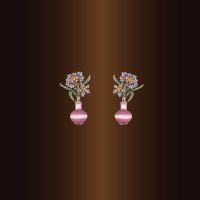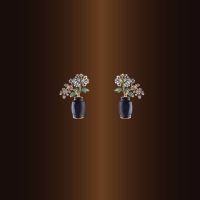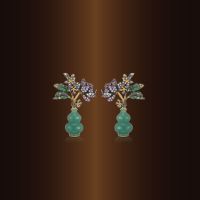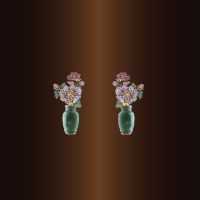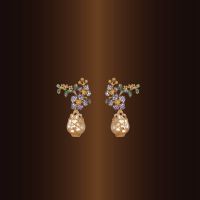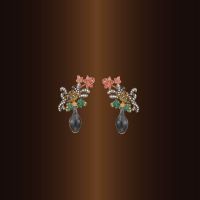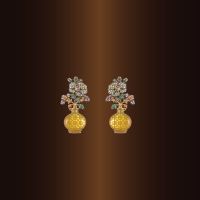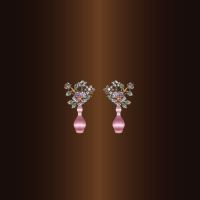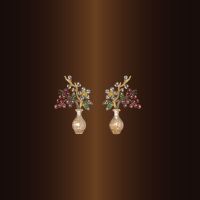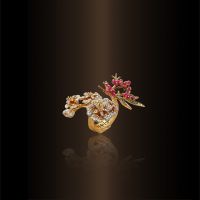FLOWER FAIRIES
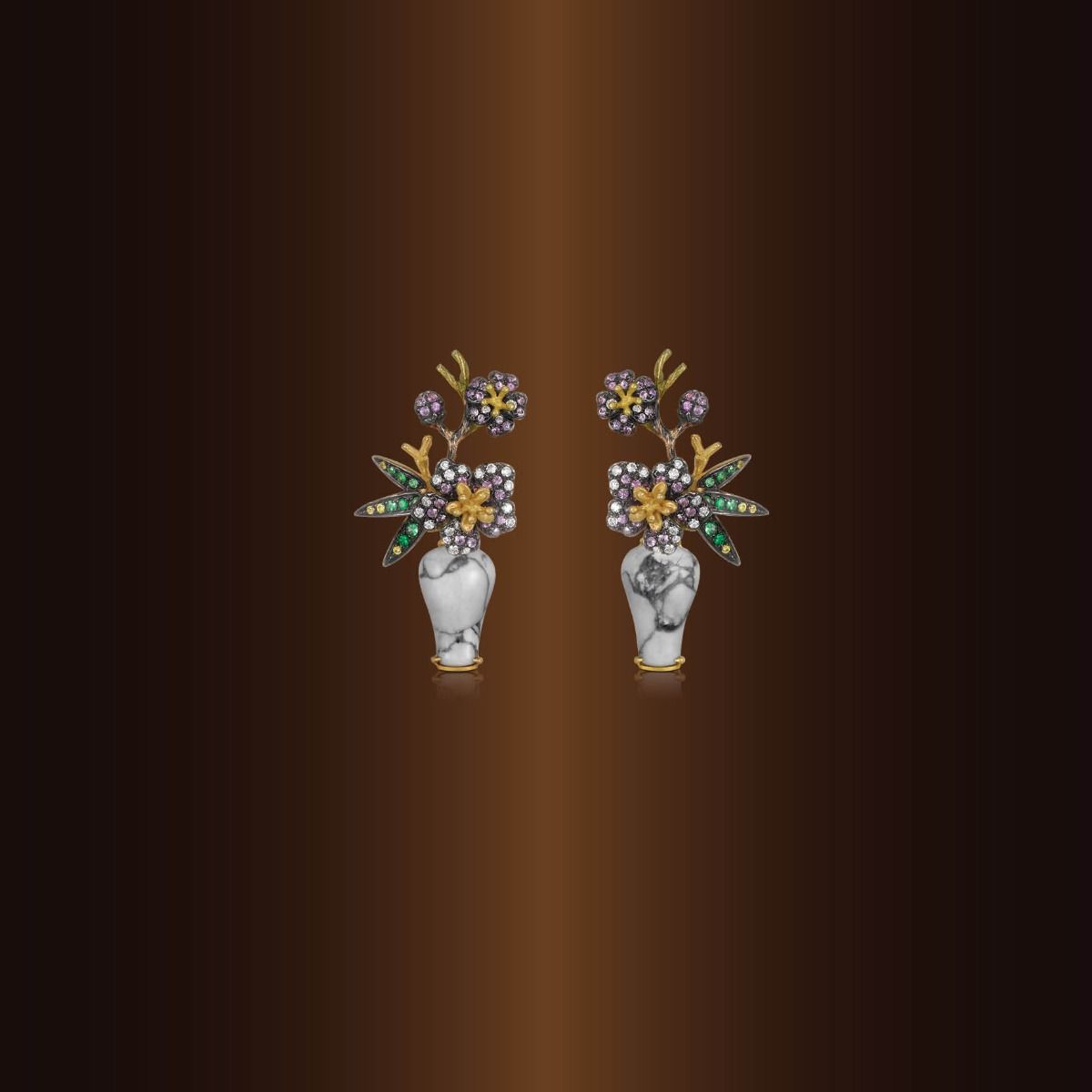
Legend of the Chinese Flower Fairies
The stories of “Flower fairies” come from the Tang Dynasty (618-907). Rumor has it that the 12th of February in the Chinese calendar, is the birthday of all flowers and every year on this particular day, people worship the flower fairies with liquor, bouquets and hire troupes to perform the different stories that come with each individual flower fairy. In accordance with ancient tradition, people celebrate the flower fairies’ birthdays in order to wish for prosperity, wealth and good fortune.
Flower enthusiasts, lovers and literati of all dynasties wrote spectacular poems and moving legends for the various kinds of flowers, and hence created a flower fairy for all 12 months of the year. One of these poems explains that although flower fairies all have different personalities, they all share the common goal of protecting mother earth. According to the Chinese calendar, January is represented by Plum and Bamboo which symbolizes endurance and integrity; April is Peony and Orchid which symbolizes prosperity and elegance; June is the Lotus which signifies purity; November has Narcissus and Camellia which embodies an auspicious life and pureness, and so on.
Chinese porcelain
Porcelain, being both practical and artistic, plays a crucial role in the history of Chinese ceramics. At the beginning, ancient Chinese people made pots and bottles to facilitate daily life, but later on, as pottery making evolved to create new shapes and colors, the craftsmanship also transformed into an art. This made the pots increasingly valuable as the aesthetics of the vases would reflect the mastery of the craft that was exerted by the pot maker.
With the development of shapes in porcelain, numerous styles of vases were created. Not only were the pots extremely practical, but many of them were made with such skilled craftsmanship that these truly exquisite vases became iconic symbols of Chinese excellence. For instance, the Prunus Vase was made with a small mouth, short neck, fat body and a slim base. Its small mouth enabled the vase to contain a few branches of Plum blossom and it also enabled the vase to double as an exquisite wine container which only adds reasons to why the Prunus Vase became such a desired objet d’art. Named after a poem, the porcelain pear-shaped vase has a very soft and elegant outline, which in turn, made it one of the most iconic objects of the Song (960-1279), Yuan (1271–1368), Ming (1368–1644) and Qing (1644-1911) Dynasties becoming the model after which most vases were made. The Moon flask on the other hand has a round body which represents the moon, and the Globular flask has a smaller bulbous shaped container; both were also quite popular during the Ming Dynasty.
Since the third century, porcelain has been worldwide dominating for over a thousand years. Its delicacy has won the hearts of royalties and influenced the economy globally by invigorating the development of marine transportation. An infinite amount of gold in Europe and silver in Central and South America were shipped to China in exchange of porcelain, silk and other artifacts.
Chinese Flower Fairies Series
The inspiration that gave birth to the Chinese Flower Fairies series came from the wonderful legends which described the stories behind the flowers and also the expert craftsmanship wielded by the porcelain pot making masters of the time. As tribute to the mesmerizing shapes of Chinese porcelain, YEWN revives it in a new contemporary way by turning the vases into a wearable work of art with an infinite array of treasures from our mother earth, ranging from marbles, precious and semi-precious stones to fine gems. YEWN’s Creative Director Dickson Yewn pairs the 12 flower fairies with 12 distinct porcelain vases that each carry different auspicious meanings. All the vases can be detached from the flower earring to be reattached to a different flower, enabling the wearer to mix and match the flowers and the vases to suit the wearer’s tastes. Another noticeable detail on the vases is that their backs are set with different patterns of lattice, for example: an auspicious life is symbolized by the Begonia lattice; the Gold Coin lattice represents endless wealth; the Tortoiseshell lattice embodies longevity and the Ice-ray lattice means perfection.



